There were few listeners for this last course of the season, as the aesthetics of the round ball were probably more appreciated than the Isardam Einstein.
The clerk was in private lessons for a long time during the fairy part.
The Master in great form, as you will see below, did not fail to celebrate the end of Ramadan with an Anti-Circé couscous.
Good reading to all
Master's words
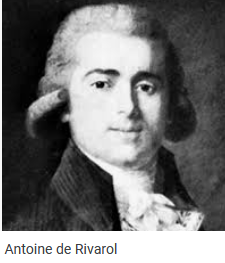
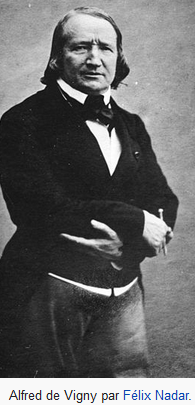
"I do as you do, Madame, I do not think" (A. de Rivarol's reply to a woman "author" curious to know what he thought of her book).
"I ask of a state leader the qualities I ask of my coachman: that he drives, and does not speak to me" (A. de Vigny).
"France, of your misfortunes you are partly the cause. I have warned you a thousand times by my verses, You are a stepmother to your own, and a mother to foreigners Who laugh at you when you are in danger. For without any work the strangers obtain the goods which to your sons rightly belong" (P. de Ronsard in 1584).
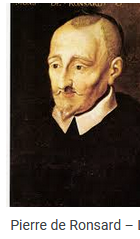 tJust 40 years ago, a certain Hi[erony]mus appeared in the magazine "Echecs-Hebdo" founded by Carlos Fornasari, to make he praise of the triptych "The game, the problem, the study", which should be self-evident for all those who have the grace to know the march of the pieces, a triptych illustrated with great talent by A. Anderssen, S. Loyd, J. Berger, W. Von Holzhausen, A. Troïtzky, R. Teichmann, H. Mattison, Em. Lasker, K. Traxler, O. Duras, F. Lazard, M. Henneberger, G. Kasparian, A. Mandler, R. Réti, P. Kérès, V. Smyslov, A. Chéron, M. Vukčević, P. Benkö, J. Kupper, V. Halberstadt, Y. Afek, E. Klemanić, L. Salai, M. Caillaud, G. Sobrecases, A. Onkoud, and so many others. Now we ask in all innocence: name me a Frenchman of the new generation exercising an activity, however small, in these three fields (there was J. Iglesias, who seems to have more or less forfeited). If I conclude by talking about decadence, please don't insult me. Or argue.
tJust 40 years ago, a certain Hi[erony]mus appeared in the magazine "Echecs-Hebdo" founded by Carlos Fornasari, to make he praise of the triptych "The game, the problem, the study", which should be self-evident for all those who have the grace to know the march of the pieces, a triptych illustrated with great talent by A. Anderssen, S. Loyd, J. Berger, W. Von Holzhausen, A. Troïtzky, R. Teichmann, H. Mattison, Em. Lasker, K. Traxler, O. Duras, F. Lazard, M. Henneberger, G. Kasparian, A. Mandler, R. Réti, P. Kérès, V. Smyslov, A. Chéron, M. Vukčević, P. Benkö, J. Kupper, V. Halberstadt, Y. Afek, E. Klemanić, L. Salai, M. Caillaud, G. Sobrecases, A. Onkoud, and so many others. Now we ask in all innocence: name me a Frenchman of the new generation exercising an activity, however small, in these three fields (there was J. Iglesias, who seems to have more or less forfeited). If I conclude by talking about decadence, please don't insult me. Or argue.
In today's solutions competitions, studies are almost impossible to find in the time available, so competitors tend to skip them, saving themselves for something more affordable. This is what they did with Makletsov's study, which is nevertheless very human: a salutary exception. Look for it at quietly by putting a cover on the right side of your screen!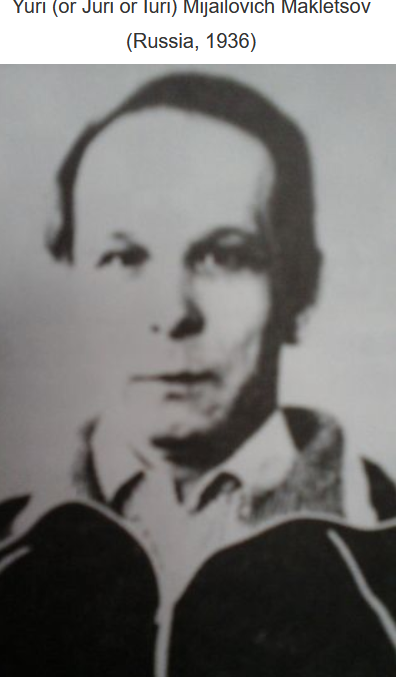
The following two illustrate "la petire difference", an internationally adopted French expression: you have the choice between two very similar positions, a ZZ in one, a square evacuation in the other.

A fifty-year-old Finnish study that "modern technique", as they say, has simultaneously lengthened and shortened! Its derisory scrap majesty begins 16 moves earlier but cuts out a nice conclusion, probably not foreseen by the author (since it was not included in Lommer's 1975 book) but perhaps suggested by Perkonoja, in any case given in the FIDE 1968-70 album published in... 1977 ! In short, a beautiful study, of which the amputated part constitutes in itself... another beautiful study.
Then a practical endgame by Vlastimil Jansa presented in "la Revue des Echecs" 33 years ago. There again, the cybernetic monster enriches and embellishes the exercise by discovering a nice rescue.
No holiday homework: you will have more time to reread the old lessons!
In the last session, we had a kind of fake hedgehog (see comments on the 1st & 8th moves) joining the Paulsen family. This gave me the idea of a... real hedgehog for today. One may regret that this makes three "closed" games in a row, but their themes can be found equally well after 1 e4, 1 d4 or 1 c4. And I persist in thinking that the opening is very little in the game of Chess, the 200 games of this course should convince you of it!
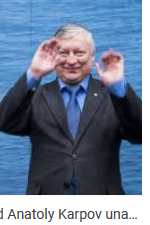
Moreover, the first move does not characterise the opening. Whatever it is, it can lead to great intensity, or unfortunately to a game of whining as most of the time in the tournaments of our 21st century world "elite" (for decency, I preferred the term "whining" to the one usually used) which resemble a yawning Olympics.
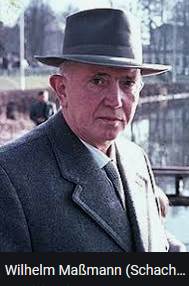
The Circé is one of the most popular fairy tale genres. It was invented exactly 50 years ago by Pierre Monréal, then developed by Jean-Pierre Boyer. If I specify that at the time, there was a pleiad of brilliant French problemists, reduced nowadays to 4 or 5 of "respectable" age, as one subtly says, you will say that I am repeating myself. Here, then, after the Hungarian study of 6 March, are three pure birthday problems of Circe, most of those we usually show being children of the family, rather than the patriarch himself. Note that in the 3rd one, the solution looks orthodox!
Training: 10 mats in 2, the first being the most difficult, though the Carra, Mladen and Larsen do not jump out. Two crosses, half rosette, nailing mats and model mats in the four 3#. The first 4# is very economical, but by no means trivial. The second (barely legal) was given at the 2017 Riga Open. The 5# was given at the Lithuanian Championship 2017: its key is obvious, but no competitor could master all the variants. The 6# is the counterpart of the Sackmann seen in the previous course.
The "apparent play" of the first 2# helpmate means that you can play a white move, then a black move, and checkmate. But of course, when Black starts, everything is turned upside down. The author of the other helpmate 2# is an Englishman (certainly not just any Englishman) who reminds us of our heritage by quoting Jean Oudot: "Simplicity where there is nothing to say". How fresh! But then, isn't Albion always treacherous?
Helpmate 4# from the tandem already mentioned on April 17, where Fritz's problem engine stands out once again, failing to find the 2nd solution. Helpmate 7# presents us with a beautiful line clearance, but not a "Bristol", a counter-sense repeated by many experts for 60 years! Finally a not too difficult selfmate presented at the 1989 world championship.
Note also the absolute record (for the new formula) with 14 (!) fairy positions in this course. This is only fair: in the distant past, when everything took place in the north of Paris, the tradition was to go on summer or winter holidays after an exclusively fairy course. There are 19 of them on 15 December 2015, but there are no games or endgames !
A new feature: you remember a game, an endgame, a study or a problem, but you don't know in which lesson to find them. Go to "See more", index, then type Ctrl F and the name you remember. Click on the link and... the beauty in question will reveal itself before your astonished eyes. If you prefer, there is even a manual index, omitting links and statements, but with lesson dates and more complete names.
Have a good summer's feast. See you in late September or early October. Deus vos custodiat.
Add a comment